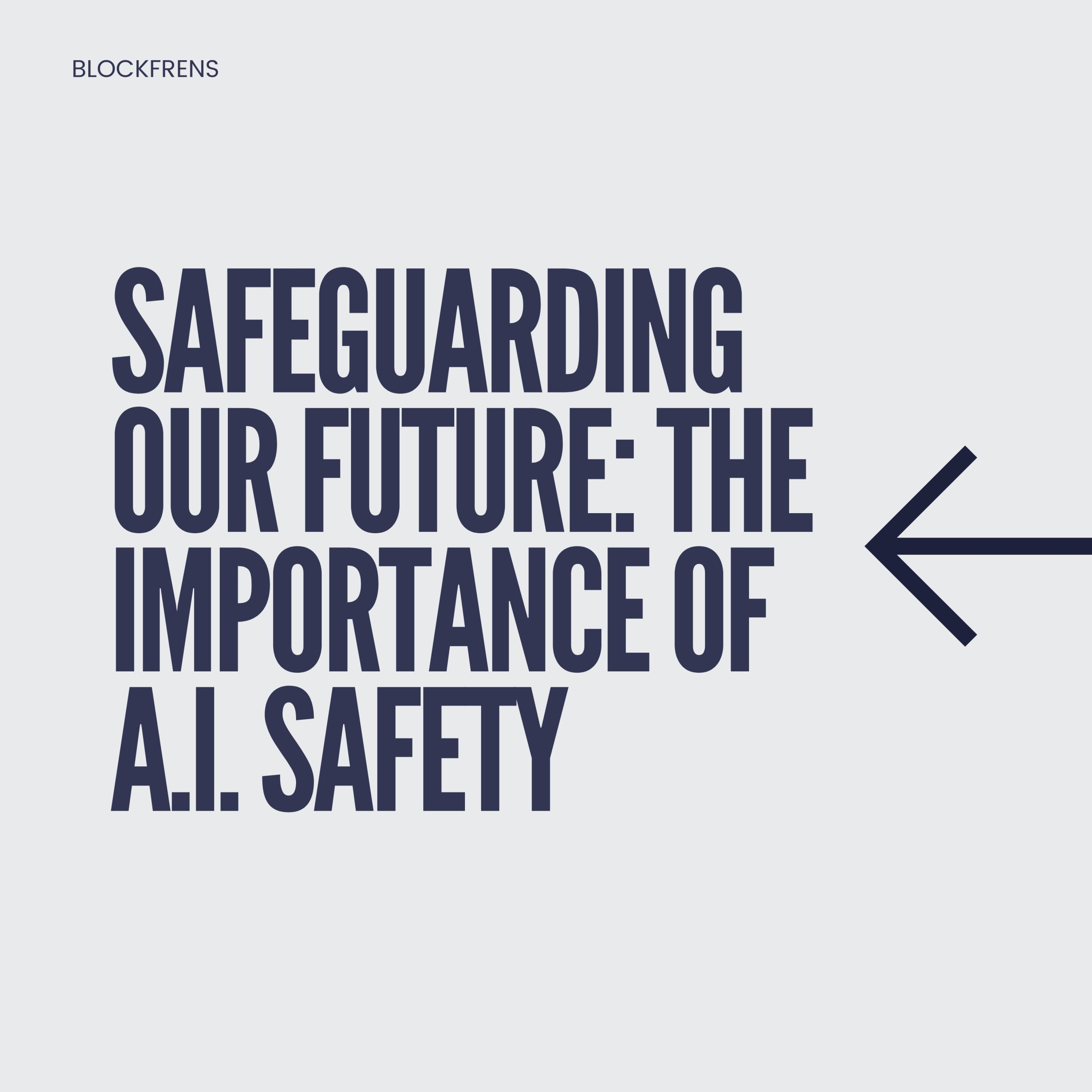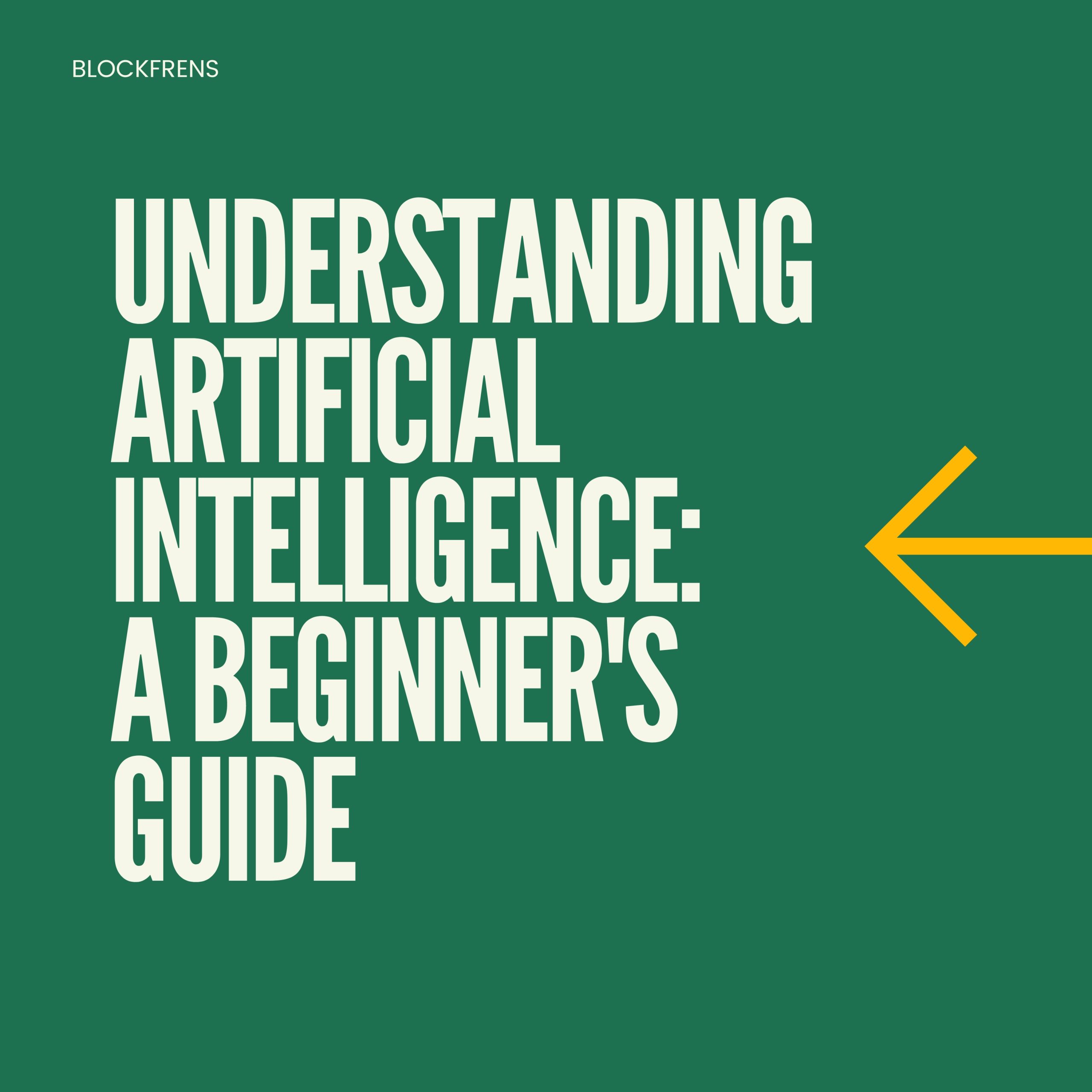Safeguarding Our Future: The Importance of AI Safety
Artificial Intelligence (AI) has steadily transformed our world, from self-driving cars to personalized recommendations on our favorite streaming platforms. While this technology promises innovation and efficiency, it also presents unique challenges and risks concerning AI safety.
AI safety encapsulates the measures and precautions taken to ensure artificial intelligence’s ethical, safe, and beneficial use. Given the rapid advancement and ubiquity of AI in our everyday lives, it is an area that requires immediate attention.
The Potential Risks of AI
AI systems are powerful tools capable of making decisions with significant consequences. One significant risk is the potential for AI to cause harmful or undesired choices, especially when these systems are given autonomy without sufficient oversight. For instance, an autonomous vehicle making a split-second decision during a traffic incident could result in catastrophic outcomes if the AI is not adequately trained or fails to operate as expected.
Another risk lies in the misuse of AI, where robust AI systems can be exploited for harmful purposes. Deepfakes, manipulated videos created with AI that make people appear to say or do things they never did, are a disturbing example of this potential risk.
The Importance of AI Safety Research
AI safety research is an important and rapidly evolving field where researchers focus on developing methods and techniques to mitigate these risks. This research includes ensuring the AI behaves as intended (alignment problem), ensuring the AI is robust and does not easily malfunction (robustness), and ensuring the AI’s behavior remains beneficial even as it learns and improves (adaptive behavior).
Ensuring Transparency and Accountability
Transparency in AI systems – understanding how an AI makes its decisions – is crucial to AI safety. It allows one to scrutinize and audit AI behaviors, thereby increasing trust in these systems. However, achieving transparency can be challenging with complex AI systems like deep learning neural networks.
Accountability in AI systems is equally vital. When an AI system makes a decision, it should be possible to hold the relevant parties responsible for the consequences of those actions. This can be complex in practice due to the multi-stakeholder nature of AI development and deployment, but it remains a crucial aspect of AI safety.
As we continue to embrace the promise of AI, it is imperative to prioritize safety measures. AI safety research is integral to ensuring the beneficial and secure deployment of AI systems in our societies. We must foster dialogue, collaboration, and regulation that prioritizes transparency, accountability, and public safety in the design and implementation of AI.




Leave a Reply
You must be logged in to post a comment.